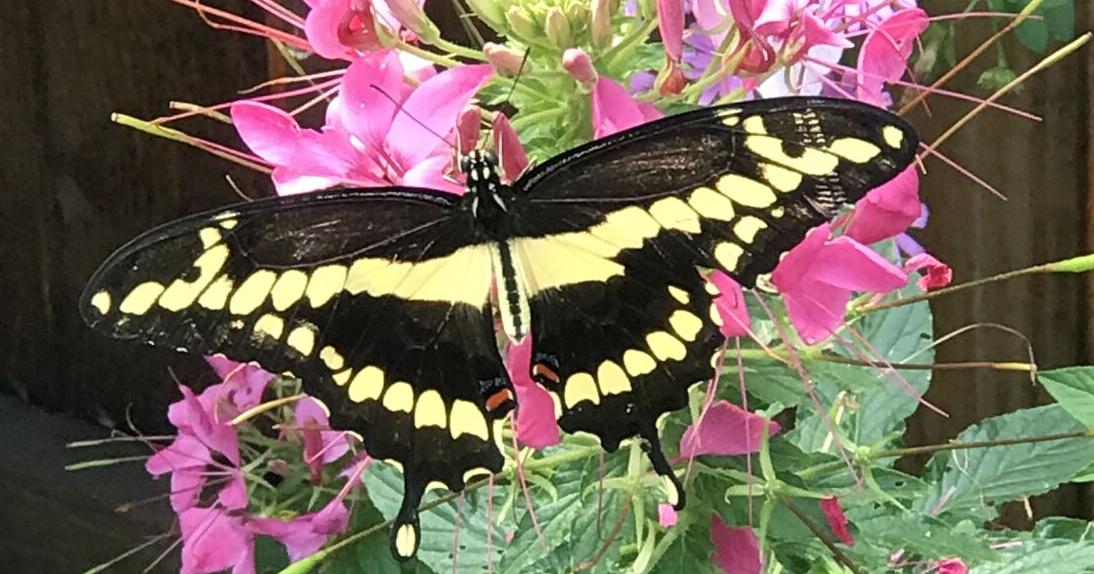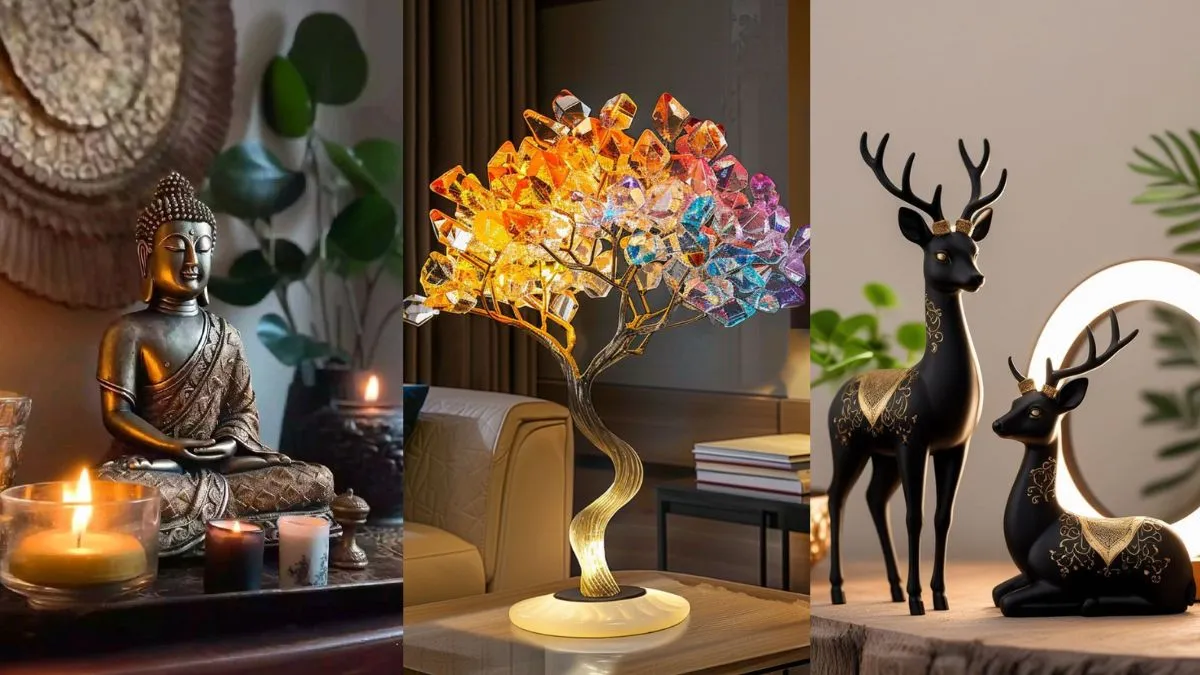PC Photography / Getty Images
It’s easy to get caught up in design trends throughout the years, which can result in a home that’s filled with dated pieces. We spoke with three designers who chime in regarding six types of decor items that they would recommend that you part ways with in order to achieve a more stylish, contemporary-looking home. Consider this your official excuse to take on a home refresh.
Meet the Experts
Disposable, Mass-Produced Pieces
These days, people are making more of an effort to fill their homes with meaningful finds from their travels, pieces made by favorite artists, and the like. As a result, when decorating your home, it’s wise to steer away from disposable, mass-produced pieces that don’t have much significance, Laura Umansky, the founder of Laura U Design Collective, says.
“They often lack the longevity and soul that a well-designed home deserves,” Umansky says.
Instead, she recommends shopping for accents that truly speak to you—and will continue to do so over time.
“I encourage investing in a few beautifully made, timeless pieces, and pairing them with more affordable finds from your local artisans, antiques market, or thrift shop,” the designer says. “It’s all about creating a layered, curated look that feels personal and polished.”
Want more design inspiration? Sign up for our free daily newsletter for the latest decor ideas, designer tips, and more!
Shaggy Rugs


Andrea Rugg / Getty Images
Gone are the days of shag rugs, which you may remember from your childhood home, being all the rage.
“Shag rugs were once groovy enough for my inner ’80s child, but times have changed,” Mahsa Afsharpour, the founder of Saga Interiors, explains. “Today, they’re mostly experts at hiding crumbs, dust bunnies, and that earring you lost in 2018.”
Looking for a floor covering that’s a bit more current? The designer recommends going with a low-pile, handwoven, natural fiber option. Not only is this style more in vogue—it’s also easier to vacuum.
Sputnik Chandeliers and Edison Bulbs


Joe Hendrickson / Getty Images
Less than a decade ago, Sputnik chandeliers and their accompanying Edison bulbs, which are commonly used when decorating in mid-century modern style, was having a major moment and could be found in most homes.
That said, the designer doesn’t find these light fixtures ultra-functional, explaining that they give off a yellow tint making for a moody look—and not in a good way. Plus, they might seem a bit too 2016.
“Instead, opt for softer, warmer illumination like milk-colored frosted glass or natural stones such as alabaster or onyx,” she says. “They’ll offer a soft, inviting ambiance that your space (and selfies) will definitely appreciate.”
Barn Doors


PC Photography / Getty Images
Barn doors were a popular design addition that many people opted for in their kitchens, bedrooms, and basements. However, Afsharpour firmly believes that it’s time to bid farewell to this look for good.
“Unless you’re literally herding cattle down your hallway, they’ve overstayed their welcome,” she says, noting that pocket doors or normal hinged ones will more successfully stand the test of time.
All White and Gray Decor
Many people associate the white and gray color combination with the early 21st century.
If you’re filling your home with solely white and gray pieces, you’re going to want to rethink your strategy since it can often make a space look cold and dull.
Kelly Collier-Clark, the founder of House of Clark, explains how she’s also traded in stark white paints for warmer shades, which are more popular these days.
Collier-Clark recommends opting for warm neutrals like brown and green which have replaced the former phenomenon of gray.
Window Valences
In Collier-Clark’s eyes, window valences, whether they have matching curtains or are stand-alone, are so last century.
“The uniformity takes me back to my grandmother’s home in the 70s and 80s,” the designer says.
These days, a simple Roman shade will do just fine, if you’re looking for a way to dress up your windows while honoring contemporary design trends.
Read the original article on The Spruce









